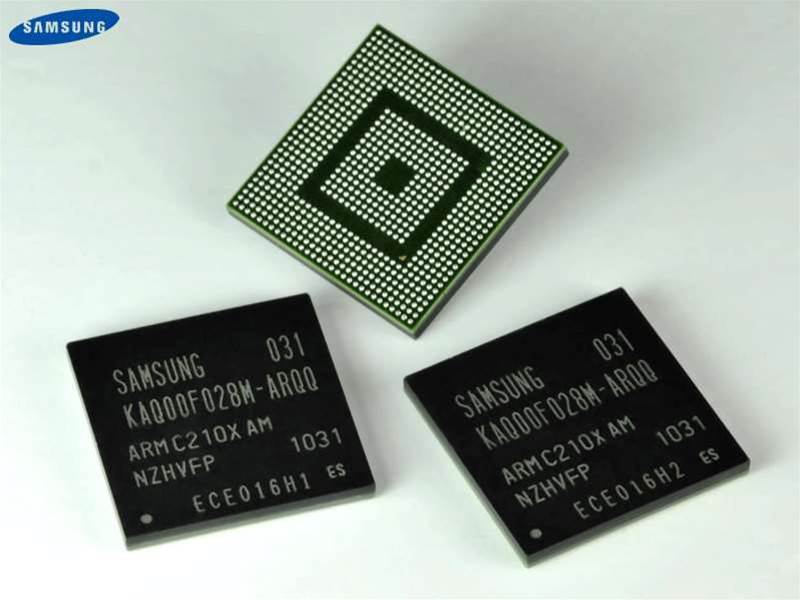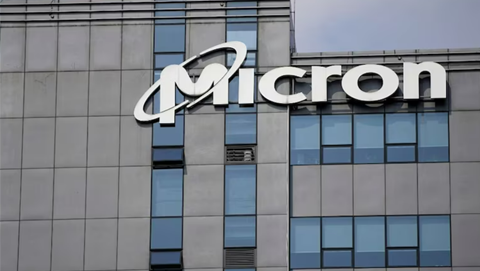Samsung Electronics will, for the first time, test and use open source software for existing and emerging memory and storage products.
The world leader in advanced memory technology signed a collaborative partnership agreement with Red Hat for this purpose and the deal is expected to foster engagement across the IT marketplace.
The exponential growth of data, driven by artificial intelligence (AI), augmented reality (AR) and the metaverse was bringing disruptive changes to memory designs, requiring more sophisticated software technologies that better link with the latest hardware advancements, a Red Hat spokesperson said.
As an extension of this strategic collaboration, Samsung will launch the Samsung memory research cloud (SMRC), where the two companies will develop and verify software solutions on diverse server environments.
Serving as an open collaboration hub, the SMRC will enable customers and partners to evaluate new software products in configuring optimal combinations with memory hardware.
The areas of collaboration would include NVMe SSDs, CXL memory, computational memory/storage (HBM-PIM, Smart SSDs) and fabrics.
This is expected to lead to the building of an “expansive ecosystem” for closely integrated memory hardware and software.
The companies will also participate in open source communities such as the Linux Foundation, to ensure that their software technology has full support in Red Hat Enterprise Linux, and with other open-source software stacks.
Samsung plans to open its SMRC platform in the second half of this year and expects it to act as an ongoing catalyst for innovation in future IT systems.
Samsung Electronics’ executive VP and head of the memory application engineering team, Yongcheol Bae, said the two companies “will make a concerted effort to define and standardise memory software solutions that embrace evolving server and memory hardware while building a more robust memory ecosystem”.
“We will invite partners from across the IT industry to join us in expanding the software-hardware memory ecosystem to create greater customer value,” Bae said.
Red Hat’s head of Asia Pacific and senior VP, Marjet Andriesse, said in the upcoming data-centric era, “the integration of memory-centric hardware and software architectures will become increasingly essential”.
“For this purpose, Red Hat is happy to participate in the joint undertaking with Samsung,” Andriesse said.
Samsung and Red Hat have an ongoing collaboration to deliver 5G network solutions on Red Hat’s OpenShift enterprise Kubernetes platform.









